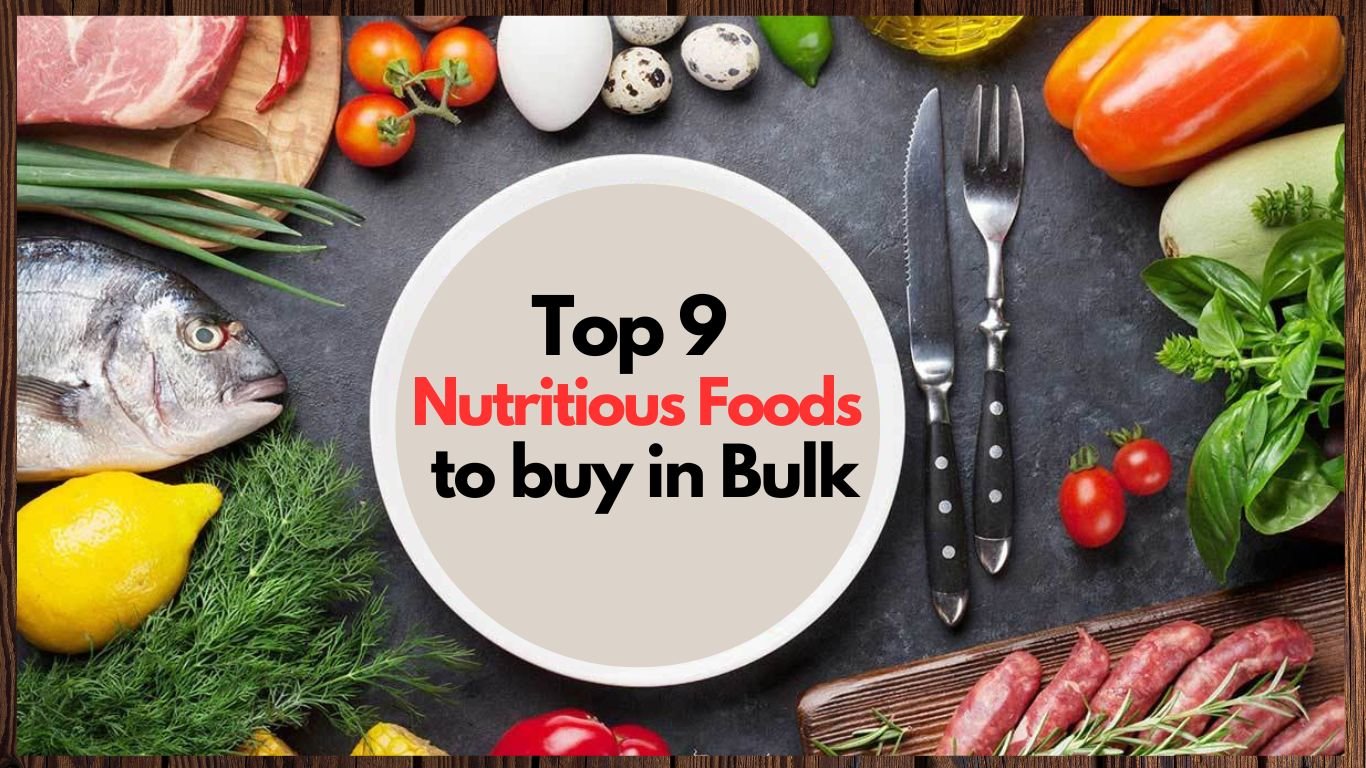When it comes to saving money and time, purchasing foods to buy in bulk from retailers like Costco can be a smart choice—as long as you have sufficient storage space. However, it’s crucial to opt for healthful choices rather than unhealthy options. Consider stocking up on nourishing foods that have a lengthy shelf life in your kitchen or pantry. Explore this list of wholesome items that you can conveniently buy in bulk.
1.Legumes and Lentils
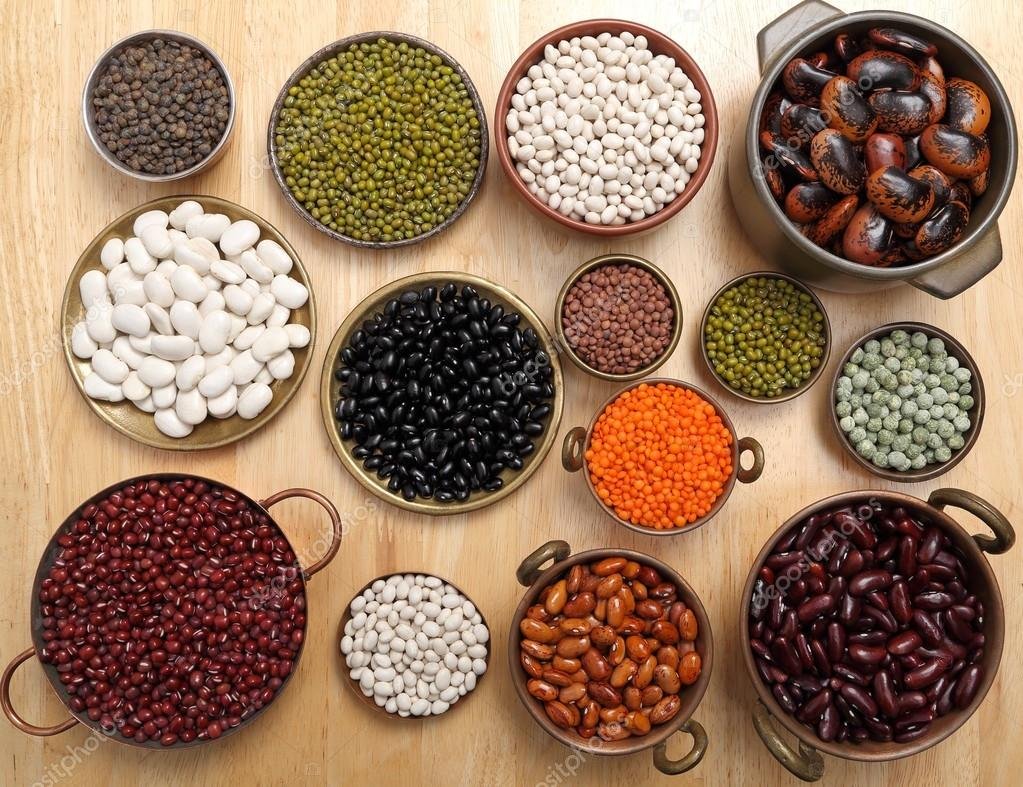
Bagged dry beans and lentils, including navy beans, pinto beans, and black beans, offer a cost-effective protein source. Utilize these legumes as the main protein in your meals, reducing the reliance on meat and stretching your food budget. Rich in protein, vitamins, minerals, and beneficial phytochemicals, legumes are a nutritious choice. Dehydrated beans and lentils can remain viable for around a year in a dry environment. Lentils stand out due to their no-soak preparation, while other beans require soaking for several hours prior to use. Canned beans are also a viable option and boast a lengthy shelf life.
2.Dehydrated Fruits

Dried fruits such as raisins, prunes, and dried apricots can be stored unopened for up to a year. After opening, store them in airtight containers in the refrigerator. While dried fruits may lack the vitamin C content of fresh fruits, they still provide an abundance of vitamins, minerals, and fiber. Incorporating dried fruits into your snacking routine or adding them to salads and cereals is a wholesome way to increase your fruit consumption.
3.Nuts
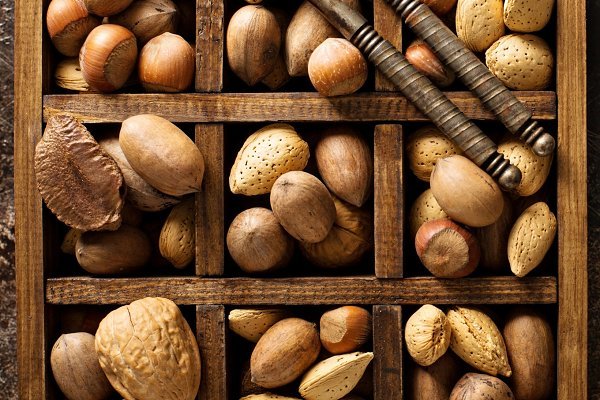
Opt for nuts that are still in their shells for the freshest quality. Nuts contain heart-healthy monounsaturated and polyunsaturated fats, along with polyphenols that offer potential health benefits. Raw nuts in their shells can be stored for approximately a year in a cool, dry section of your kitchen. If you purchase shelled nuts, consider freezing the extras until needed.
4.Canned Fruits and Vegetables

A wide variety of fruits and vegetables are available in canned or jarred forms, offering a storage life of up to two years. While canned vegetables may experience some nutrient loss compared to fresh produce, they still offer nutritional value. Check nutrition labels, as canned vegetables often contain elevated sodium levels. Similarly, canned fruits may contain added sugars if packed in syrup.
5. Frozen Vegetables

Frozen vegetables generally have lower sodium content compared to canned alternatives and provide superior taste. Consume them within six months for optimal flavor. The market offers a range of prices, from budget-friendly options like carrots, beans, and corn to more elaborate blends with accompanying sauces (carefully assess sodium and calorie content in these sauces). Some vegetables are available in microwave-safe steamer bags for added convenience.
6. Fruit and Vegetable Juice
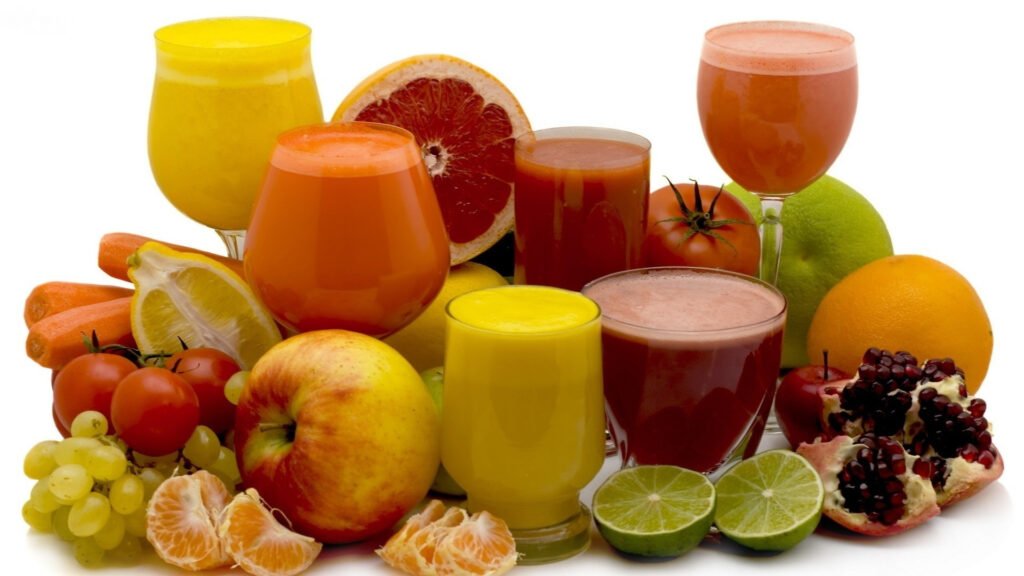
Bottled or single-serving boxed and pouch fruit and vegetable juices remain shelf-stable for several months. Once opened, they can last around a week in the refrigerator. Seek out 100% juice options, avoiding juice drinks containing sugar or high-fructose corn syrup as prominent ingredients. For a lower-calorie choice, consider 100% vegetable juices or create fizzy fruit beverages by combining equal parts juice and club soda.
7. Canned Seafood
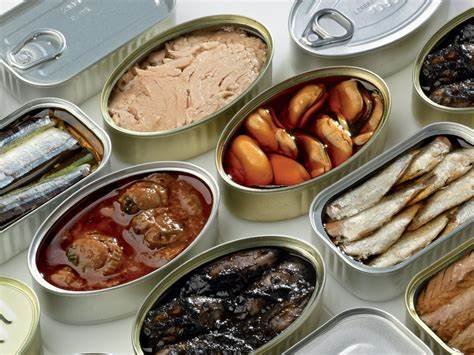
Ocean fish like salmon and tuna, rich in omega-3 fatty acids and protein, can be stored for up to a year in your pantry. Canned salmon and tuna serve as convenient ingredients for sandwiches, salads, and recipes. Canned oysters, clams, and sardines are also versatile options for culinary creations.
8. Frozen Chicken Breast

Stock up on plain frozen chicken breasts or tenders for preparing soups, stir-fries, salads, or sandwiches. Steer clear of breaded chicken strips, which tend to be higher in fat and calories. Alternatively, frozen shrimp, scallops, and fish are excellent alternatives with a decent shelf life in the freezer.
9.Whole Grains: Rice, Barley, Oats

Long-grain rice offers affordability and long-lasting storage potential. Opt for brown rice due to its higher fiber and nutrient content compared to white rice. Wild rice is another nutritious choice, and you can look for it on sale or select budget-friendly blends of white and wild rice. Barley serves as a versatile whole grain suitable for soups and recipes. Lastly, consider dry or steel-cut oats for wholesome breakfast options.
